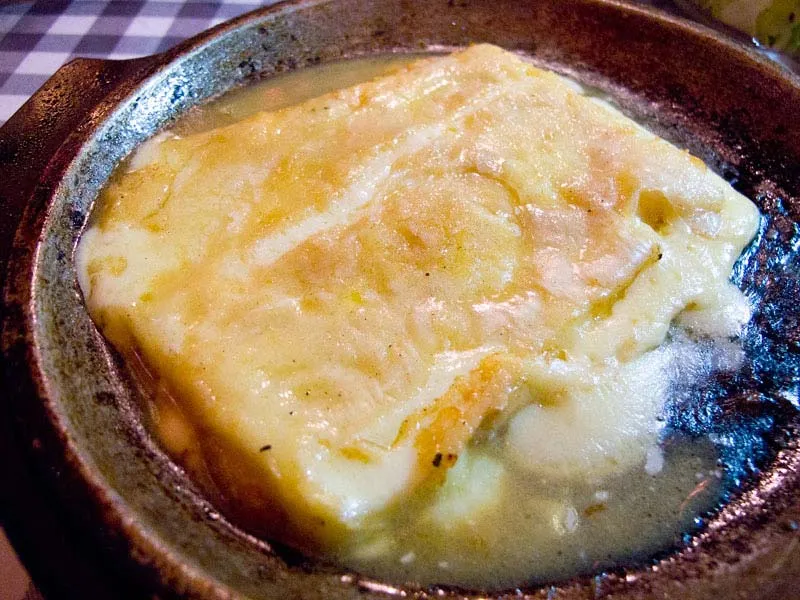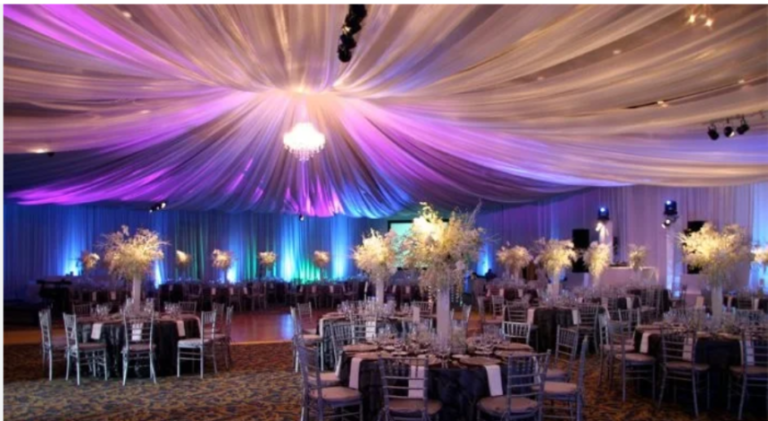Faragaski: A Cultural Jewel of Ethiopia
Faragaski, nestled in the heart of Ethiopia, is a hidden gem that offers a vibrant blend of tradition, culture, and hospitality. This enchanting region invites visitors to explore its deep-rooted customs, welcoming locals, and rich heritage. Faragaski is a place where the past and present intertwine, offering experiences that resonate with history and joy. From lively music to festive dances and heartwarming local festivals, the area is truly a treasure trove for anyone seeking to understand the essence of Ethiopian life.
Community
The heartbeat of Faragaski lies within its people. The locals are known for their warmth and hospitality, making any visitor feel like part of the community. Faragaski’s inhabitants are proud of their history and culture, and they are more than willing to share it with travelers. Whether you’re invited into a home for a traditional meal or participating in one of the local festivals, the sense of belonging is immediate.
The community plays a pivotal role in keeping the traditions of Faragaski alive. Generations pass down customs, stories, and rituals, ensuring that the younger population carries the torch of their ancestors. The locals cherish these traditions, and the pride in their heritage is evident in the way they speak about their history and culture.
Traditions
At the heart of Faragaski is its deep respect for tradition. The customs in this region are ancient and tell stories that stretch back centuries. The people here still uphold many practices that have been passed down through generations, whether it’s in their food, clothing, or everyday life.
Ethiopian coffee ceremonies, which are an important aspect of the culture, are frequently held in homes. These ceremonies are not just about drinking coffee but are also a way of building relationships and sharing stories. The ritual involves roasting green coffee beans, grinding them, and brewing them in a special pot called a jebena. The atmosphere during such ceremonies is one of warmth, relaxation, and bonding.
Music
Music is another pillar of life in Faragaski. The region is alive with melodies that express joy, pain, and stories of generations past. Traditional Ethiopian music, characterized by its distinct rhythms and scales, is often performed at local events and festivals. The sounds of drums, flutes, and the krar (a traditional string instrument) fill the air, creating an immersive cultural experience for all who visit.
Music in Faragaski is not just a form of entertainment; it is an essential means of communication. Songs are used to express everything from personal emotions to communal celebrations. The lyrics often speak of life, nature, love, and the spiritual connection between humans and the divine.
Dance
Dance in Faragaski is another important aspect of the culture, with movements that tell stories of the land, its people, and its history. Traditional Ethiopian dances are rhythmic and expressive, with every movement having a meaning. The dances are often performed in groups, allowing people to come together and celebrate as one.
During special occasions, such as weddings, festivals, or religious celebrations, the entire community may come together for a dance circle. These dances are more than just performances; they are an embodiment of unity, strength, and identity. The traditional attire worn during these dances adds an extra layer of beauty to the experience, with colorful fabrics and intricate designs that showcase the region’s craftsmanship.
Festivals
Faragaski is also home to a range of festivals throughout the year, each celebrating a different aspect of Ethiopian culture. These festivals are an explosion of color, music, dance, and rituals that provide a unique insight into the traditions of the region.
One of the most famous festivals in Faragaski is Timkat, or Epiphany, which celebrates the baptism of Jesus Christ. The festival is marked by grand processions, religious ceremonies, and festive gatherings. People dress in their finest clothes, and the streets are alive with excitement. Music and dance are a central part of the celebrations, creating an electric atmosphere that fills the air.
Another significant festival is Meskel, a celebration of the finding of the True Cross. It involves lighting a massive bonfire, known as a Demera, which symbolizes the triumph of light over darkness. The festival is a time for the community to come together, give thanks, and celebrate their faith.
Food
Food in Faragaski is an essential part of its cultural fabric. Traditional Ethiopian cuisine is known for its unique flavors, spices, and communal dining style. The meals often include injera, a sourdough flatbread, and a variety of stews, salads, and lentils.
One of the most popular dishes is Doro Wat, a spicy chicken stew that is typically served during special occasions like holidays and celebrations. The dish is rich in flavor, with the chicken cooked in a blend of berbere (a spice mix), niter kibbeh (clarified butter), and hard-boiled eggs. The use of injera to scoop up the stew adds to the communal nature of dining in Faragaski.
Meals are often shared with family and friends, symbolizing unity and togetherness. The food is not only a source of nourishment but also a means of bringing people together, creating bonds that transcend generations.
Nature
Faragaski is not only rich in culture but also in natural beauty. The region is blessed with picturesque landscapes, including rolling hills, lush green fields, and rivers that flow through the land. The connection between nature and the community is evident in every aspect of life here. Many of the traditional songs, dances, and stories are inspired by the beauty of the environment, and the land is revered as a source of life and sustenance.
Visitors to Faragaski can explore the breathtaking surroundings, whether it’s trekking through the hills, visiting ancient churches carved into the rock, or simply taking in the view. The area is also home to unique wildlife, including birds and other species that call the region home.
Heritage Sites
Faragaski is rich in heritage sites that tell the story of Ethiopia’s long and storied past. The region is home to ancient churches, monasteries, and historical landmarks that have stood the test of time. Some of these sites are even inscribed as UNESCO World Heritage sites, preserving Ethiopia’s cultural legacy for future generations.
Among the most notable sites is the rock-hewn church of Lalibela, often referred to as the “New Jerusalem.” This extraordinary church is carved directly into the rock and is considered one of the greatest architectural achievements in Ethiopia.
Conclusion
Faragaski is a region that encapsulates the essence of Ethiopia’s cultural and historical richness. From its warm and welcoming community to its vibrant traditions, music, dance, festivals, and food, Faragaski offers visitors a truly immersive experience. Whether you’re exploring the heritage sites, participating in a local festival, or enjoying a traditional meal, this region provides a glimpse into a way of life that has been passed down for generations. For anyone looking to understand the heart and soul of Ethiopia, Faragaski is a destination like no other.







